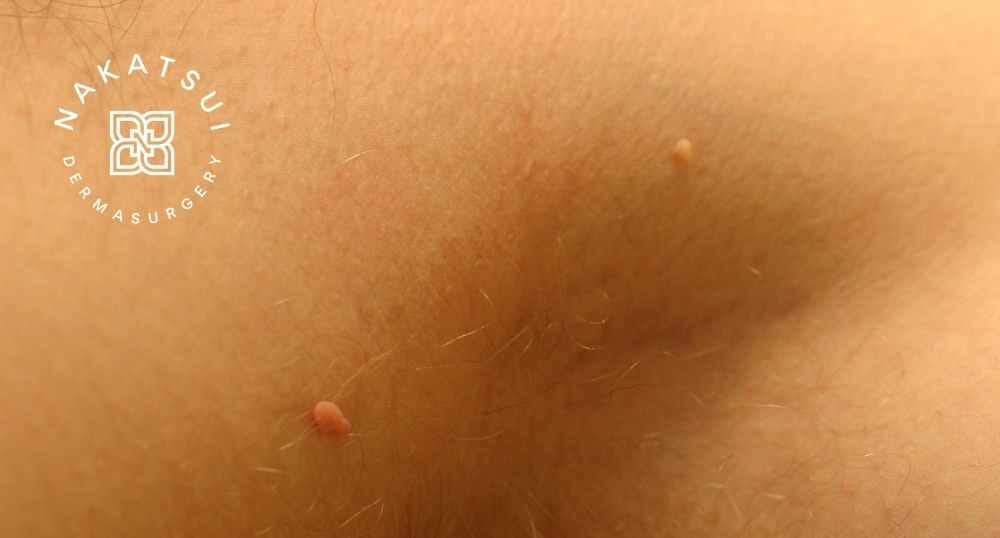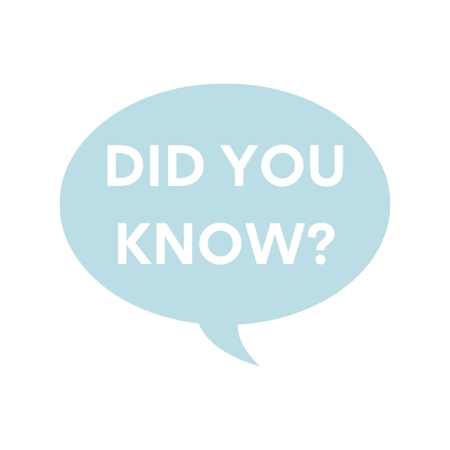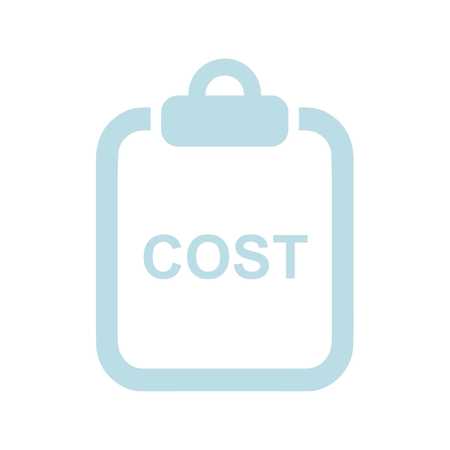Skin Tag Removal Edmonton


What is a skin tag?
A skin tag perfectly describes the little lesions that grow out from the skin. Skin tags are usually the same colour as the surrounding skin although they may be lighter in colour or may be slightly pigmented giving a tanned appearance. The medical term for a skin tag is acrochordon.
Where do skin tags appear?
The skin has a tendency to grow in the direction of stress or rubbing, so skin tags develop in areas of multi-dimensional movement such as the armpits, groin, and around the neck.


This is because the skin does not “know” which way to grow so it simply grows out. The tendency to develop skin tags is inherited. They are harmless and never become cancerous or malignant. At times, a skin tag may become sore from rubbing against clothing or jewellery. While annoying, there is no reason for concern.
How much does it cost to remove skin tags?
The cost to remove skin tags depends on the.number of tags to be removed. For example, it costs $145-175 to remove 5 skin tags.

Skin Tag Removal Edmonton Clinic
Dermatologist Dr. Thomas Nakatsui
Serving Sherwood Park, St. Albert, Leduc, and Edmonton
Questions? Contact us at:780-482-1414
How to remove a Skin Tag?
A skin tag is also known as an acrochordon. Skin tags are completely harmless and are treated only if a person finds them to be cosmetically unacceptable or a nuisance. Acrochrodon removal is a simple office procedure. They may be frozen with liquid nitrogen, snipped off with surgical scissors, or removed with the carbon dioxide resurfacing laser in our dermatology clinic. The CO2 resurfacing laser is the treatment of choice because it blends the treatment site into the surrounding skin resulting in a more cosmetically pleasing result and it makes recurrence less likely. Healing is usually complete in a week or two. New skin tags may form even if all existing tags are removed. There’s no way of preventing them.
How common are skin tags?
Skin tags are extremely common, with approximately 50% of adults having at least one skin tag.
Wha causes a skin tag?
Typically, these lesions will appear in areas of rubbing. Some conditions will increase the likelihood of developing them. Pregnancy, weight gain, tight clothing, necklaces, and other items that encourage friction will make skin tags more likely to appear.
Can a Skin Tag Grow Back Once Removed?
Skin tags usually do not grow back once removed. However, it is possible that new skin tags can appear in the same area where one was previously removed.
Can other skin conditions look like skin tags?
Although a skin cancer can rarely appear like an acrochordon, the most commonly mistaken skin lesions include pedunculated moles, warts, and small seborrheic keratoses. Our dermatologist and skin specialist, Dr. Nakatsui, will assess your lesions prior to removal to ensure that the diagnosis is correct and that the best method is being used to remove your skin tags.
Is the removal of skin tags covered by Alberta Health?
The lesions are first assessed by our dermatologist, Dr. Nakatsui, to ensure they are benign. Removal of these benign lesions is considered a cosmetic procedure. As a result, Alberta Health does not cover the cost of removal and is the responsibility of the patient.
Can you safely remove a skin tag yourself?
If you are trying to find a painless way to remove skin tags at home, you should consider the risks of scarring, infection, and bleeding. Our dermatologist, Dr. Nakatsui, would not recommend removing tags at home. The risk of these potential problems increases with the size of the tag.
Can Toothpaste Remove Skin Tags?
There are all sort of unapproved agents that people use to try and remove skin tags from toothpaste to crushed garlic to wart remover and nail polish. It’s probably best to see your dermatologist to decide on the best way to remove your skin tags.

Do you have another question that wasn’t addressed here? Please feel free to contact Nakatsui DermaSurgery to book an appointment or with any questions you may have!


